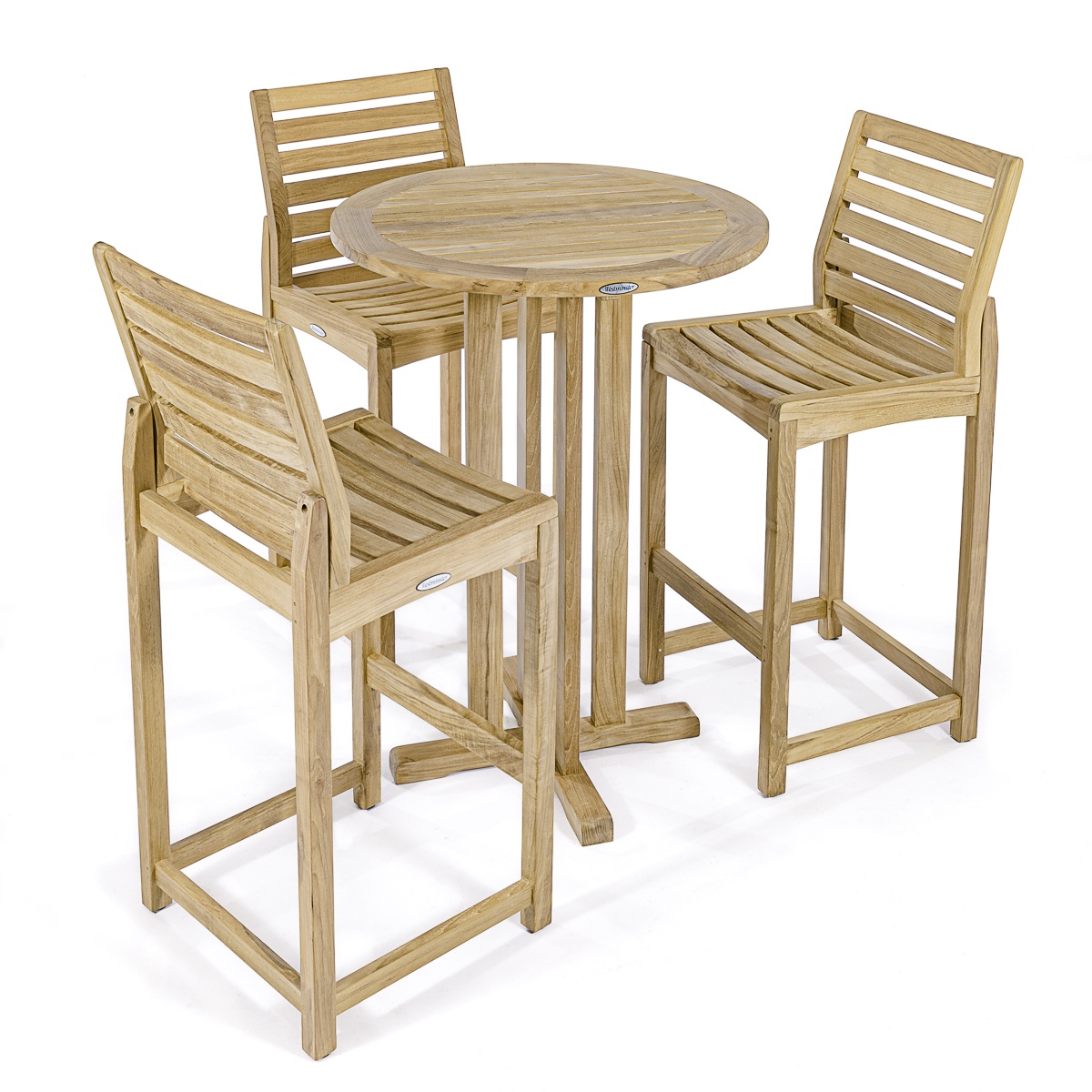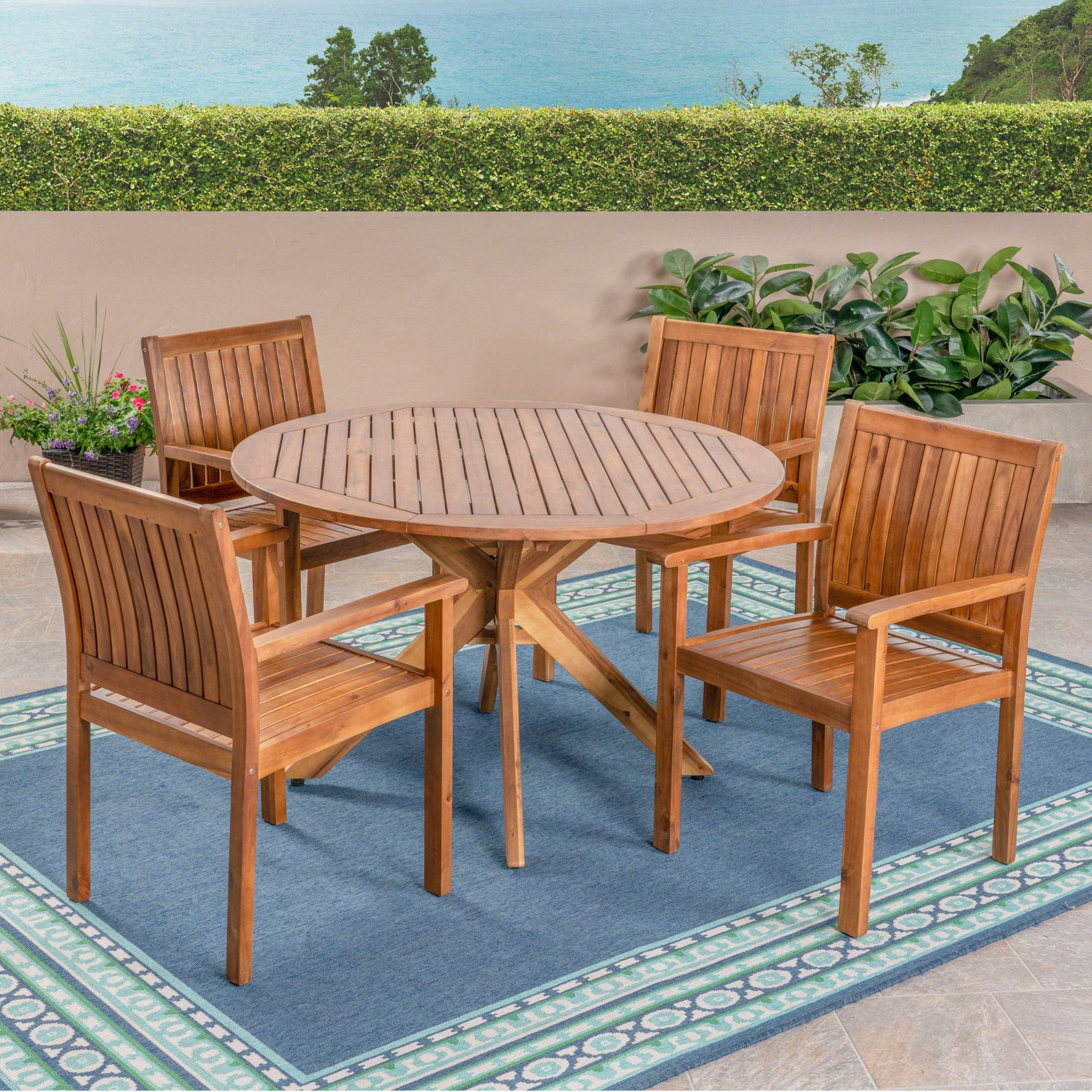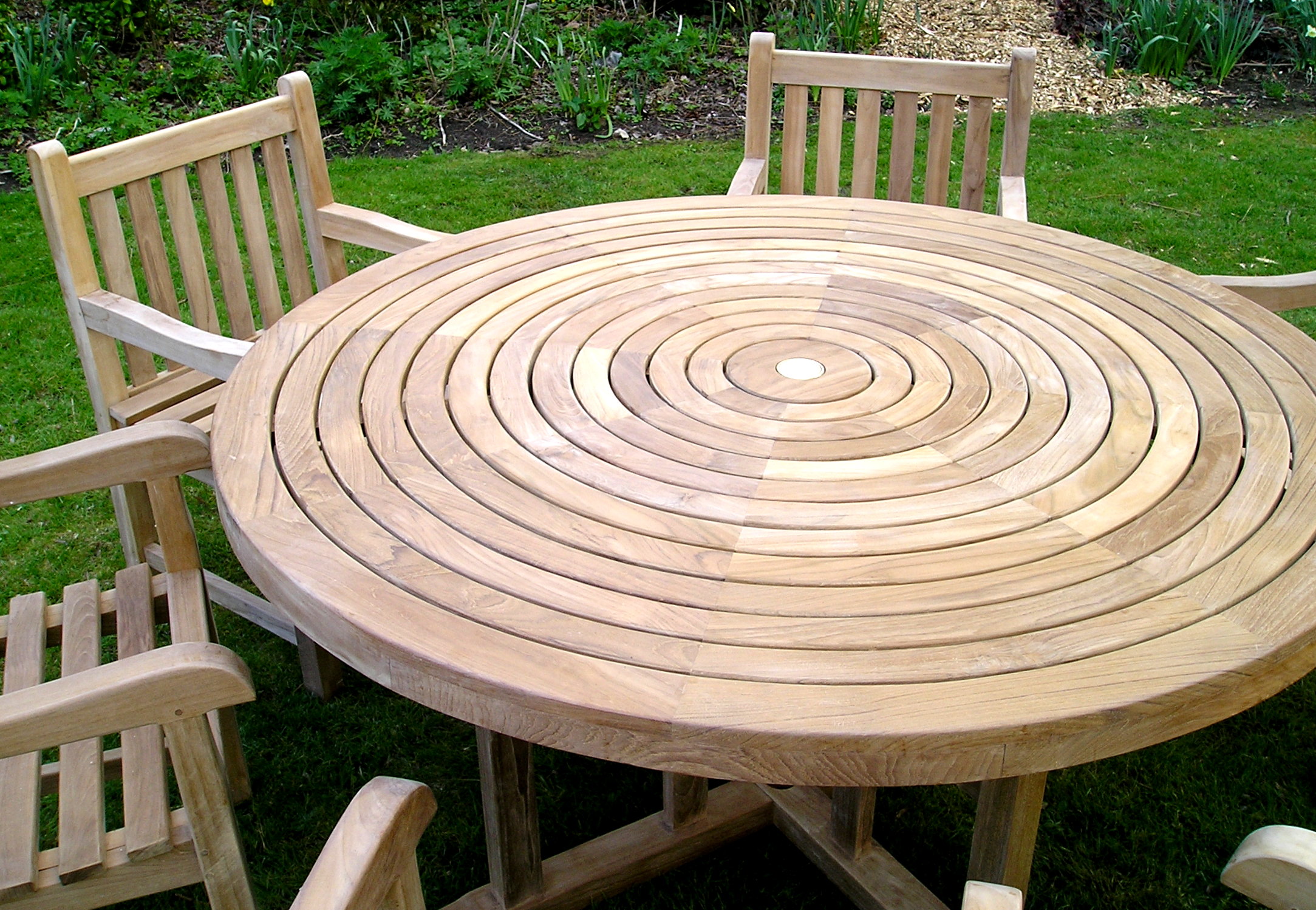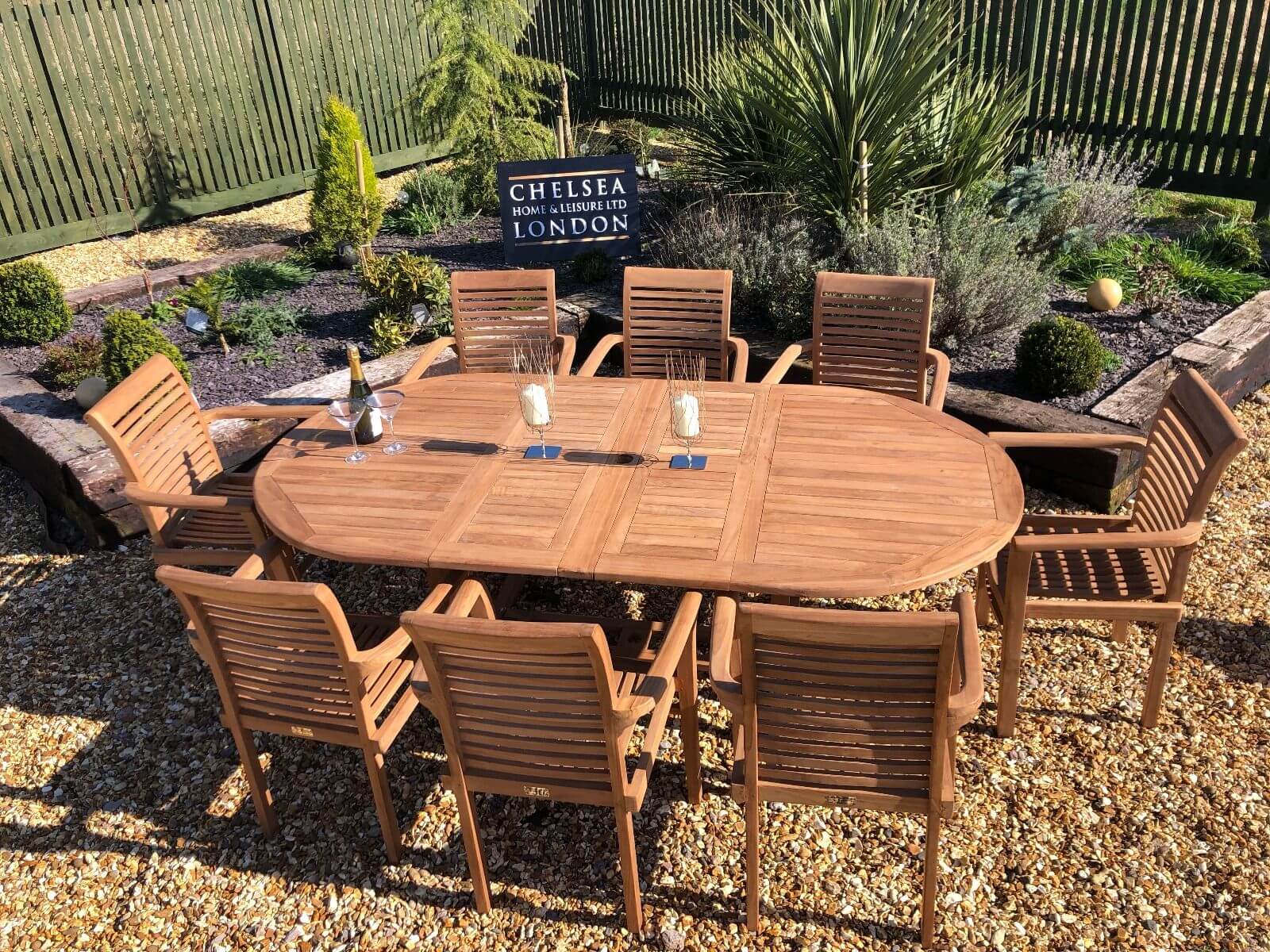
Introduction
Teak furniture is a popular choice for homeowners who value durability, beauty, and sustainability. With its natural resistance to decay and insects, as well as its stunning appearance, teak furniture is a long-term investment that can enhance any outdoor or indoor space. However, buying teak furniture requires careful consideration to ensure that you make the right choice. In this buying guide, we will explore the key factors to consider when purchasing teak furniture, including the quality of the wood, construction techniques, finishing options, and maintenance requirements.
Section 1: Understanding Teak Wood
Before diving into the details of buying teak furniture, it is essential to understand the characteristics of teak wood. Teak is a tropical hardwood known for its exceptional durability and natural oils that make it resistant to water, insects, and decay. It is native to Southeast Asia and has been used for centuries in shipbuilding and outdoor furniture. The high oil content of teak wood not only protects it from damage but also gives it a unique golden color that ages beautifully over time.
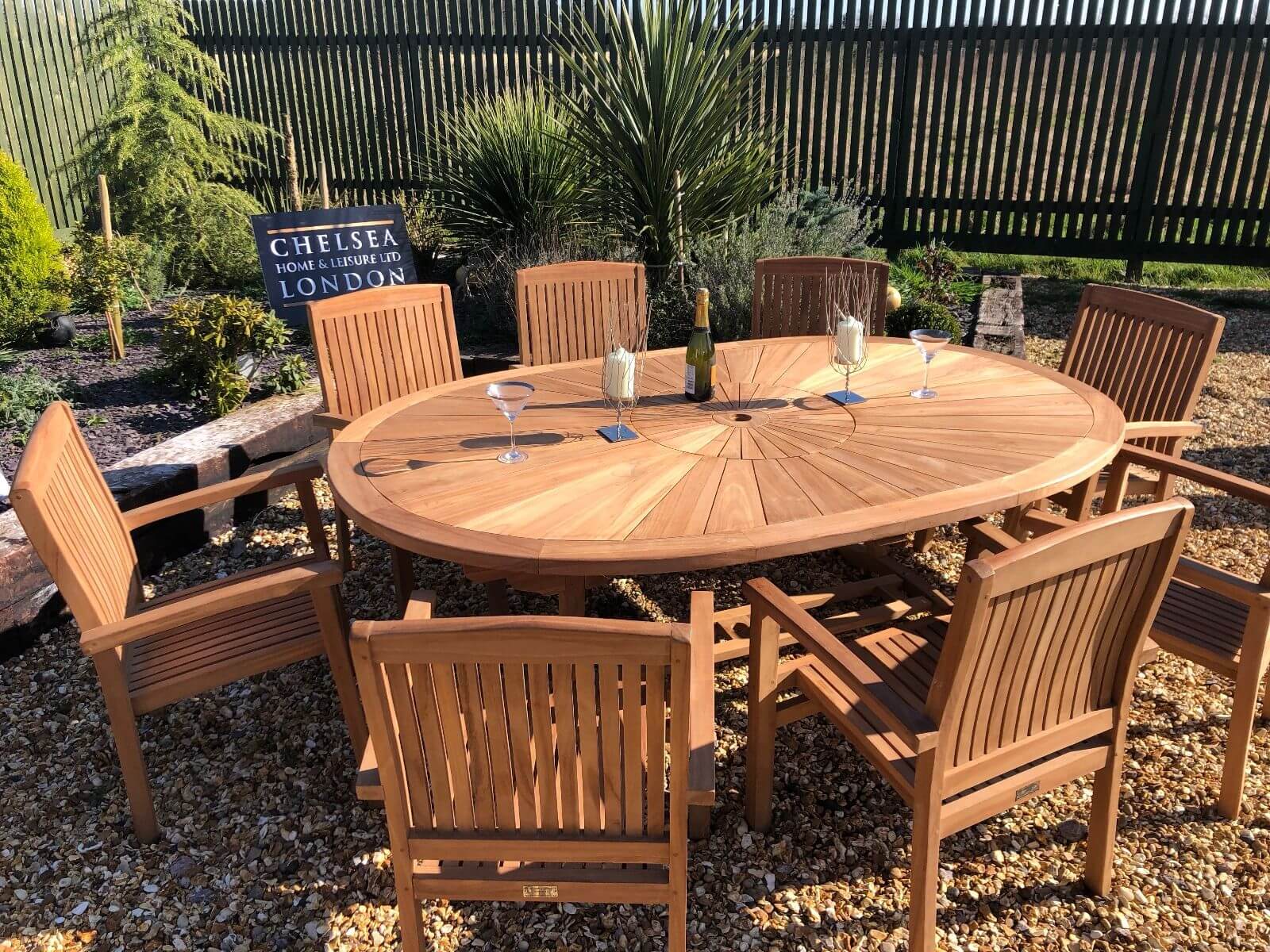
1.1 Types of Teak Wood
There are different types of teak wood available in the market, each with its own characteristics and quality. The most common types of teak wood used in furniture production are:
- Burmese Teak: Considered the highest quality, Burmese teak is known for its rich color, tight grain, and exceptional durability. It is often more expensive due to its scarcity and superior properties.
- Plantation Teak: Also known as Farmed Teak or Sustainable Teak, this type is grown on teak plantations and offers a more affordable option. While it may have slightly different characteristics from Burmese teak, it still possesses excellent durability and aesthetics.
- Reclaimed Teak: This type of teak wood is salvaged from old structures, such as buildings, boats, and railway sleepers. Reclaimed teak has a unique rustic charm and is an eco-friendly choice, as it reduces the demand for newly harvested teak trees.
Section 2: Assessing Quality
When purchasing teak furniture, it is crucial to assess the quality of the wood and the construction techniques employed. Quality teak furniture will not only last longer but also provide a more enjoyable and comfortable experience. Here are the key aspects to consider:
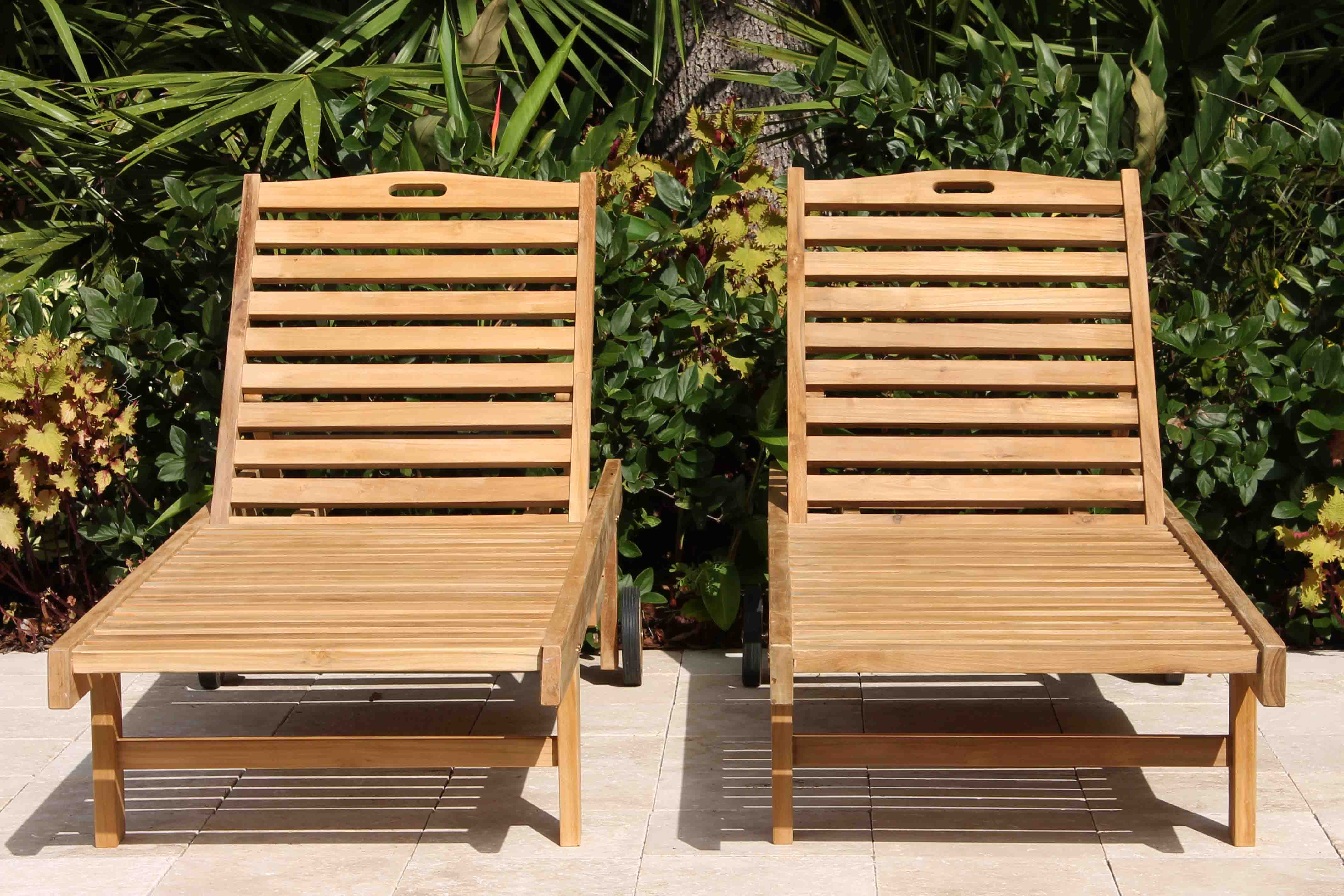
2.1 Grade of Teak Wood
Teak wood is categorized into different grades based on its appearance and durability. The highest grade is Grade A, which consists of the mature heartwood of the teak tree. Grade A teak wood is dense, rich in natural oils, and has a uniform golden-brown color. It is the most durable and desirable grade for furniture making. Grade B and C teak, on the other hand, may include younger wood and sapwood, which are less durable and may have more color variations.
2.2 Construction Techniques
Aside from the quality of the wood, the construction techniques used in teak furniture play a significant role in its durability and stability. Look for furniture that has been crafted using traditional joinery methods, such as mortise and tenon joints, as these provide strong connections. Avoid furniture that relies solely on glue or nails, as these may not withstand the test of time and regular use. Additionally, check for smooth and even surfaces, sturdy legs, and reinforcements where necessary.
Section 3: Finishing Options
The finish applied to teak furniture can enhance its appearance, protect the wood, and influence its maintenance requirements. Here are some common finishing options:

3.1 Natural Finish
A natural finish allows the teak wood to age gracefully and develop a beautiful silver-gray patina over time. This finish requires minimal maintenance and is a popular choice for those who prefer the natural look of teak.
3.2 Teak Oil Finish
Teak oil finishes provide a warm, honey-colored appearance to the wood and offer some protection against staining and moisture. However, teak oil finishes require periodic reapplication to maintain their appearance and protective qualities.
3.3 Varnish or Sealer Finish
Varnishes or sealers create a protective layer on the teak wood, shielding it from moisture, UV rays, and stains. These finishes can enhance the natural color of teak and provide a glossy or satin sheen. However, they may require regular maintenance and refinishing to prevent peeling or cracking.
Section 4: Maintenance Tips
Proper maintenance is essential to preserve the beauty and longevity of teak furniture. While teak is a low-maintenance wood, some care is still required to ensure its optimal condition. Follow these maintenance tips:
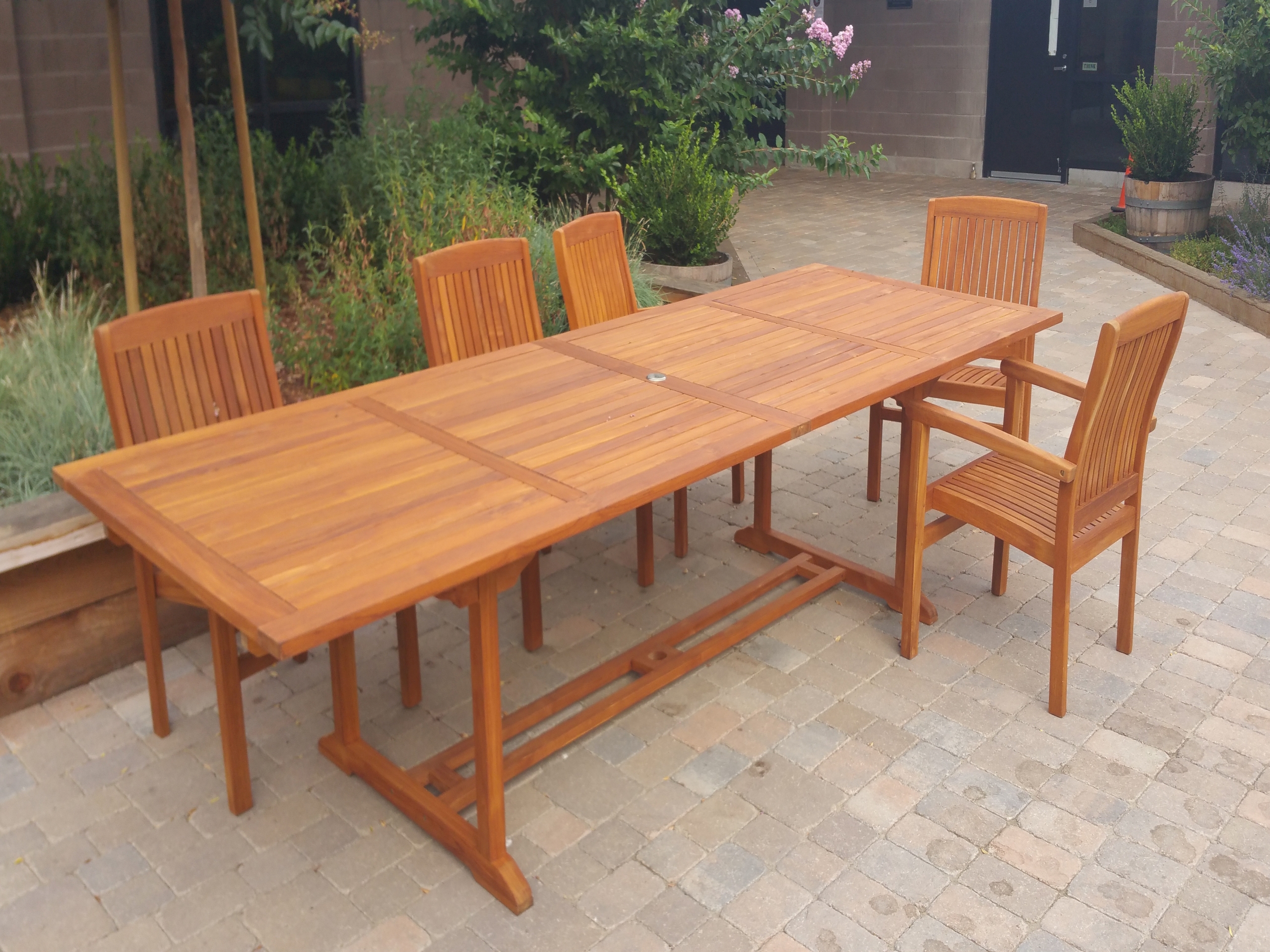
4.1 Cleaning
Regularly clean teak furniture using a mild soap or teak cleaner and a soft bristle brush. Avoid using harsh chemicals or abrasive cleaners, as they can damage the wood. Rinse thoroughly with water and allow the furniture to dry completely before applying any treatments or protective finishes.
4.2 Oiling
If you prefer to maintain the original golden color of teak, you can apply teak oil periodically. Follow the manufacturer's instructions and apply the oil using a soft cloth or brush. Wipe off any excess oil to prevent a sticky or greasy surface.
4.3 Protection
To protect teak furniture from extreme weather conditions, consider covering it with furniture covers during periods of non-use. This will help prevent moisture build-up and minimize exposure to direct sunlight, which can cause the wood to fade or crack.
Section 5: Teak Furniture Buying Tips
When shopping for teak furniture, keep the following tips in mind to make an informed purchase:
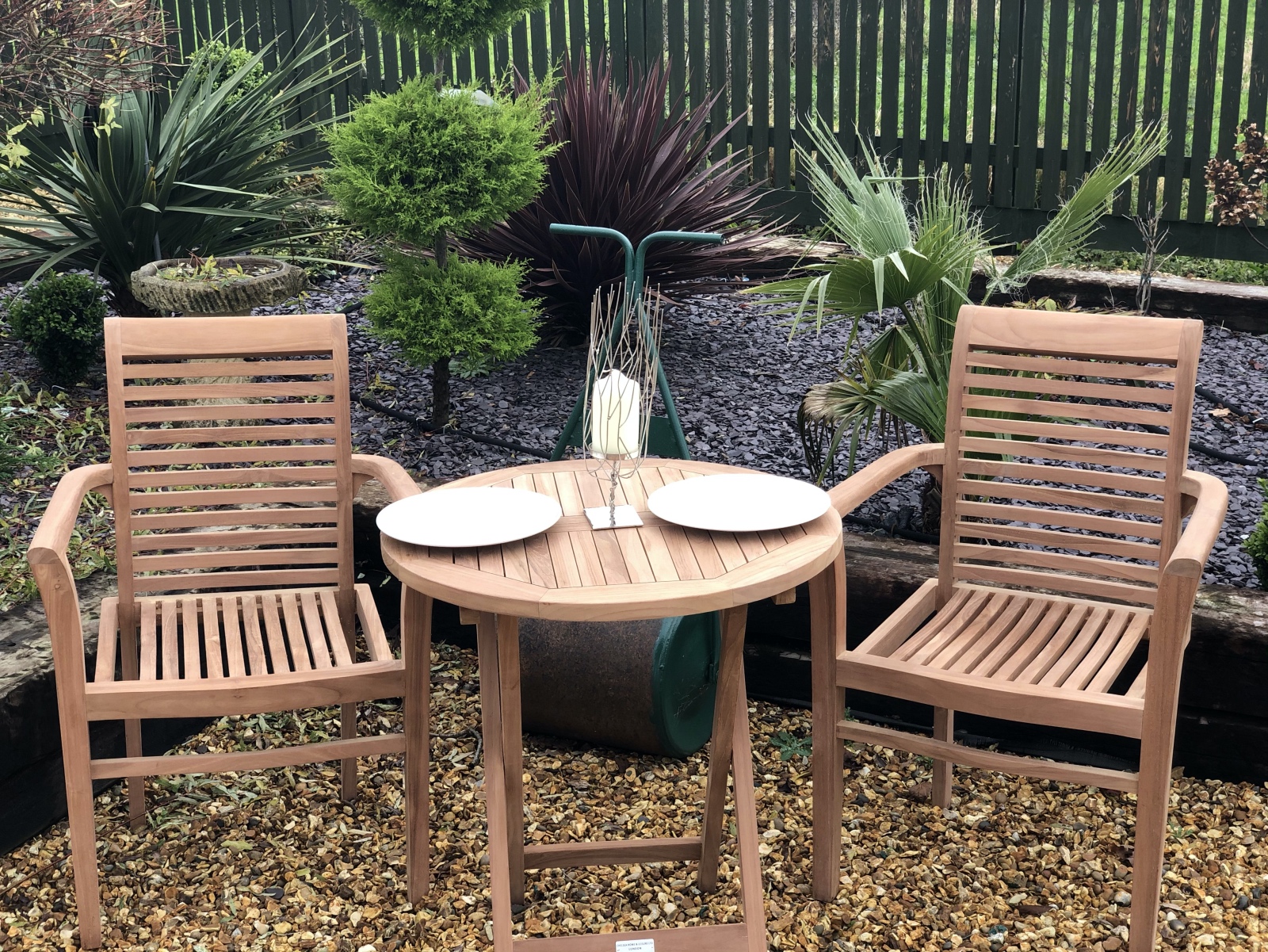
5.1 Research and Compare
Do thorough research on different brands, manufacturers, and retailers to compare prices, quality, and customer reviews. Look for reputable sellers who specialize in teak furniture and offer warranties or guarantees on their products.
5.2 Test the Furniture
Whenever possible, visit a showroom or store to physically inspect and test the furniture. Sit on chairs, open drawers, and check for any wobbling or instability. This hands-on approach will give you a better sense of the quality and comfort of the furniture.
5.3 Consider Customization
If you have specific requirements or preferences, consider custom-made teak furniture. This allows you to select the exact dimensions, style, and finishing options that suit your needs. Customization may come at a higher cost, but it ensures that you get a truly unique piece of furniture.
Summary
Buying teak furniture involves careful consideration of the type of teak wood, quality, construction techniques, finishing options, and maintenance requirements. Understanding the different types of teak wood and their characteristics can help you make an informed decision. Assessing the quality of the wood and construction techniques used in the furniture will ensure its durability and stability. Choosing the right finish and following proper maintenance tips will help preserve the beauty and longevity of the furniture. Finally, conducting thorough research, physically testing the furniture, and considering customization options are key to finding the perfect teak furniture for your space. By following these guidelines, you can confidently invest in high-quality teak furniture that will enhance your living environment for years to come.

